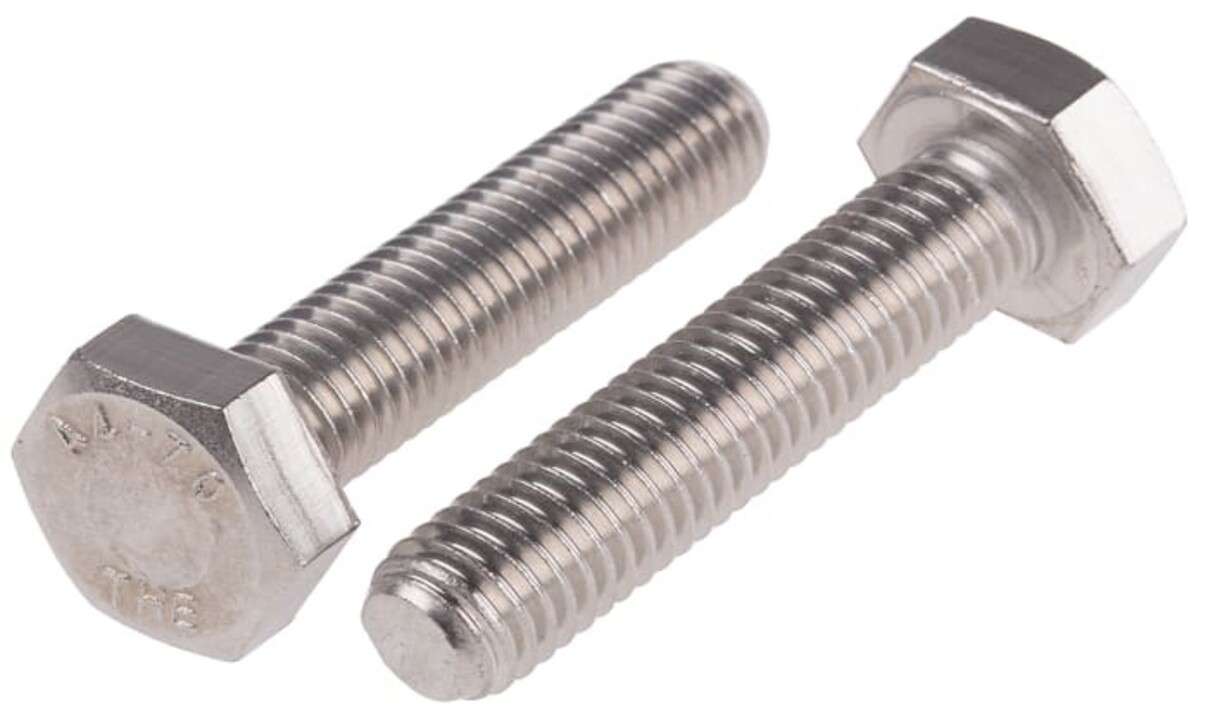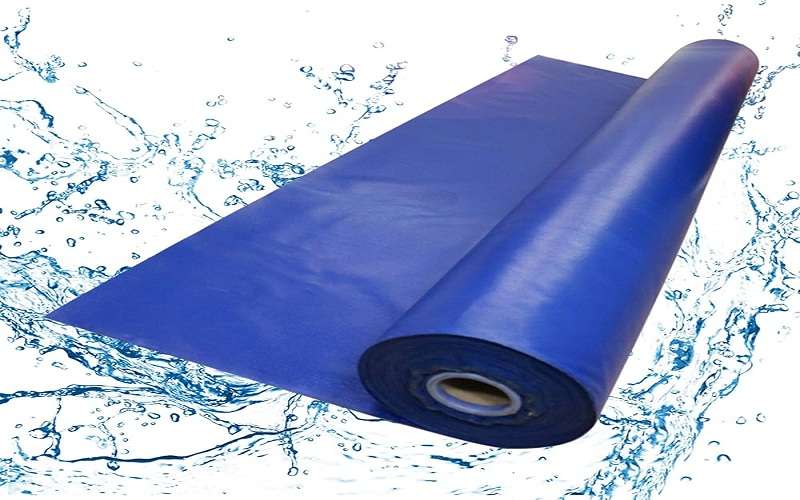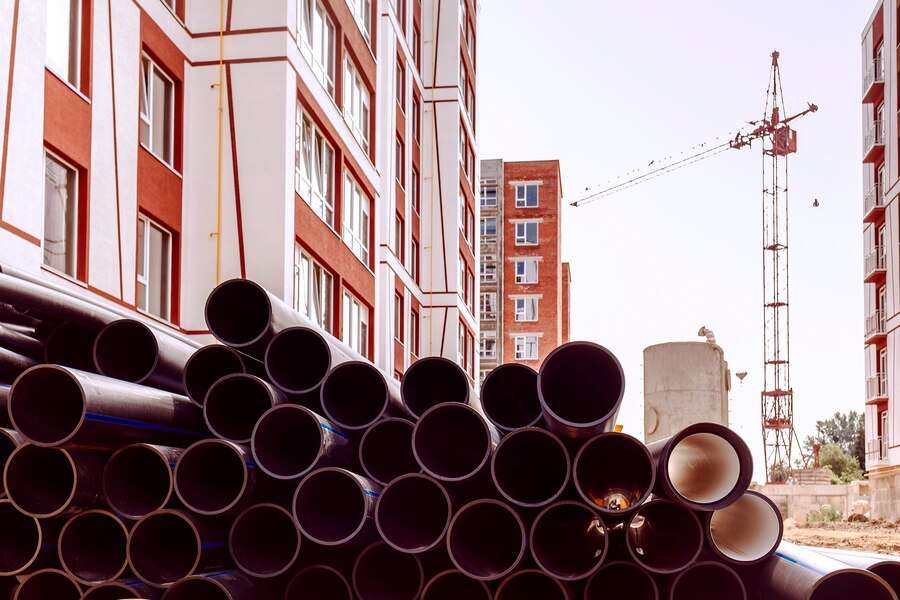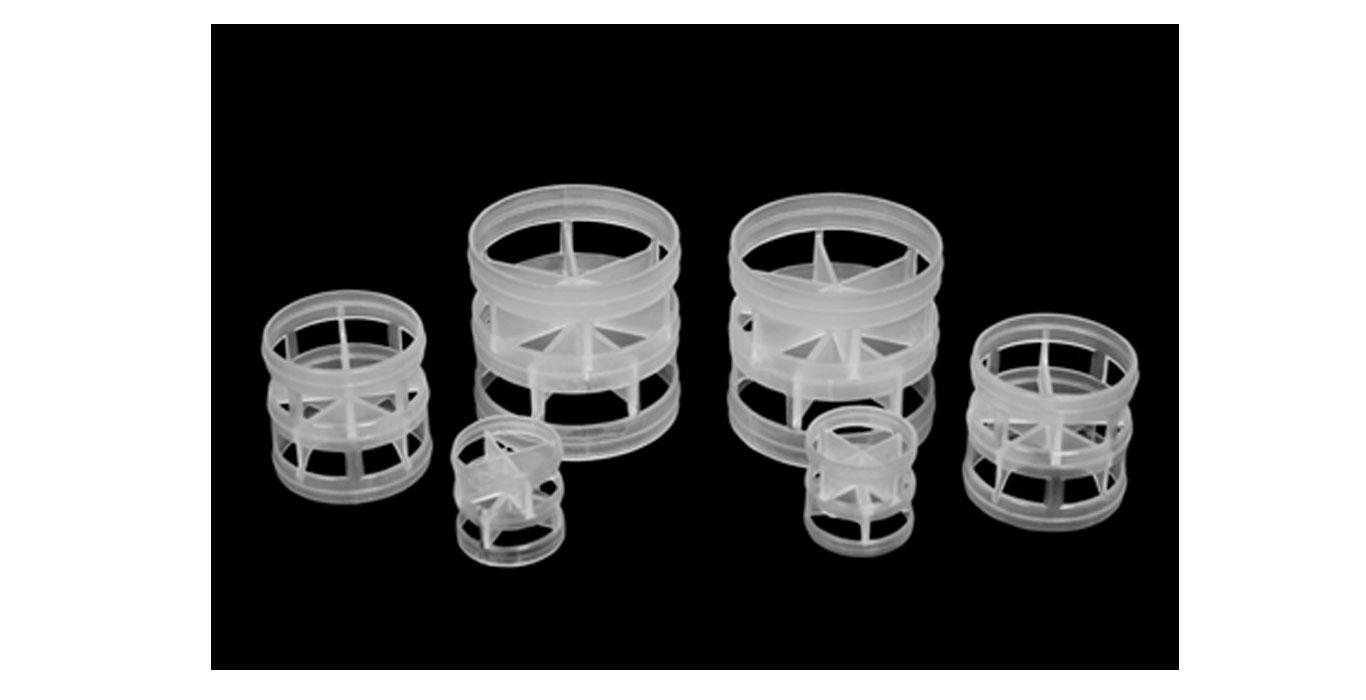A Deep Dive into Hex Bolt Manufacturers Ever thought about appreciating hex bolt manufacturers and the incredible work that their seemingly simple fastener does behind-the-scenes? They serve an invaluable purpose securing buildings, bridges and many other essential structures throughout our daily lives; yet few seem aware that behind these seemingly mundane pieces is an incredible journey of innovation, construction and history that lies unfolds beyond. Let us journey deeper into their fascinating world and uncover their captivating tale.
History and Innovation of Hex Bolts:
The journey of hex bolts began centuries ago, developing from hand-forged pieces into mass produced marvels that are widely used today and it is exported by Hex Bolts Manufacturers. Early examples date back to Roman Empire times – made out of iron that needed to be hammered into shape before technology advanced further and materials such as steel and brass became more readily available, leading to its widespread usage today – through hand forging or mass production methods during Industrial Revolution times; these mass production techniques also reduced costs further so allowing greater use by construction companies or industries than before – leading directly into today’s construction industries as well.
Today’s Hex Bolt Production:
Today, hex bolt manufacturing is an international business with major hubs located in countries like China, India, Germany and the US. Each region boasts their own strengths and specializations: for instance China boasts vast production capacities while Germany excels at crafting precision engineered bolts. Each method of production offers different properties depending on size, material or desired properties – these manufacturers may use methods like cold heading, hot forging or thread rolling depending on which sizes, materials or properties their target audience need.
Raw Metal to Finished Fastener:
From raw metal to finished fasteners is an intricate ballet of precision and efficiency, beginning with steel rods or coils being fed into machines that shape heads and threads before heat treatment strengthens them further and special coatings protect from corrosion. At every step, every process must meet specific specifications regarding size, strength and durability to produce bolts with exactly what customers require for size, strength, and durability requirements.
Hex Bolts Are Essential To Industries and Construction:
Hex bolts play an invaluable role across several industries, but construction stands out as being one in which their significance can best be appreciated. From anchoring foundation beams and anchoring windows onto walls to attaching cladding and windows – Hex Bolts ensure the structural integrity and stability of buildings as they serve to hold together foundation beams, foundation columns and windows into place ensuring buildings’ structural integrity is upheld and stability ensured. They’re also indispensable parts of automotive, aerospace and infrastructure projects like bridges/pipelines/airplanes/ship projects where bridges/pipelines/ships etc all require holding together!
As part of the quest to fully grasp hex bolt manufacturing, it’s imperative that we listen carefully to those shaping it. Interviewing key figures provides invaluable insight into their challenges and opportunities – such as fluctuating material costs or meeting modern construction’s ever-evolving requirements – whilst exploring what lies in store for hex bolt manufacturing tomorrow reveals exciting prospects such as lighter materials with higher strength or sustainable production practices, or “smart” bolts equipped with sensors capable of monitoring performance.
Expanding on our earlier exploration, let’s delve deeper into the world of hex bolts by diving further: We shall delve into some intricate details pertaining to them as we investigate some intricate aspects.
Beyond the Standard: Hex Bolt Varieties to Consider: While classic hex bolts remain reliable tools for various tasks, their diversity should never be underrated. Each application demands its own hero bolt, leading to numerous subtypes being developed over time:
- Hex Lag Screws feature coarse threads to penetrate deep into wood for framing and carpentry projects, ideal for framing. Hex Cap Screws feature smooth heads to provide an aesthetic touch in furniture and appliances, whilst Hex Flange Bolts’ wide flange heads distribute load more evenly, perfect for sheet metal security applications. Hex Carriage Bolts feature a square section under their heads to prevent rotation in high vibration environments and are widely used.
- Hex Anchor Bolts embed themselves securely into concrete to secure key structural components. This list only scratches the surface; with variations in materials, coatings, thread pitches and head styles further expanding this universe of hex bolts.
Challenges and Opportunities from a Manufacturer’s Perception: Being a hex bolt maker comes with its share of challenges. Global competition forces tighter prices while fluctuating raw material costs add further complexity. Furthermore, environmental regulations necessitate investment into sustainable practices thus necessitating investment into innovative technology and processes to remain compliant.
Challenges create opportunities. Automation is streamlining production, making manufacturers more cost-competitive and responsive to customer needs, while advanced coatings and lighter materials reduce environmental impact while maintaining strength. Furthermore, “smart” bolts with embedded sensors that monitor torque and stress real-time could revolutionize maintenance and safety practices in real time.
Technology’s Impression on Hex Bolt Industry:
Technology is making an indelible mark on the future of hex bolt production. Robotic arms diligently produce bolts at consistent quality at fast production rates, while computer-aided design (CAD) software optimizes bolt designs for specific applications to increase strength while decreasing material use; 3D printing offers on-demand customization tailored specifically for individual requirements.
As Industry 4.0 gains acceptance across various sectors of industry, we can expect further incorporation of technologies like IoT and artificial intelligence (AI). Imagine intelligent production lines using real-time data to adjust parameters or AI-powered quality control systems verifying flawless bolts leave factories.
Sustainability In Focus: Fostering a Greener Future: Hex bolt manufacturing’s environmental impacts have increasingly come under scrutiny, as manufacturers employ cleaner production methods and implement recycled material usage into bolts in an effort to decrease energy use, waste creation and energy costs. Innovative coating technologies reduce harmful chemical usage for improved protection while proper end of life management ensures proper recycling or disposal procedures are in place.
Bio-based materials like bamboo fibers or hemp are being explored as sustainable alternatives to steel in construction projects, creating “greener” bolts with greater environmental sustainability benefits for future builds. The potential is immense.
Stories From the Shop Floor: The Human Element:
Every expertly-crafted hex bolt requires the work of many individuals: skilled machine operators ensure precision with deft movements; quality control inspectors meticulously check that each bolt satisfies stringent standards; engineers develop new designs while simultaneously optimizing manufacturing processes.
Their narratives highlight the human aspect behind seemingly mundane objects like hex bolts – from taking pride in their craft to maintaining safety standards – these individuals represent true heroes within this industry.
- Green Bolt from Germany are pioneers of bio-based hex bolts made with hemp fibers as an eco-friendly replacement to steel, offering comparable strength while having reduced environmental impacts. Their product offerings boast comparable strength with lower environmental footprint.
- SmartBolt Inc. of USA creates “smart” hex bolts equipped with embedded sensors that monitor torque and stress real time for improved predictive maintenance and structural integrity. This innovation aids predictive maintenance while protecting structural integrity.
- NanoFast of China utilizes nanotechnology to manufacture ultra-strong yet lightweight hex bolts with enhanced corrosion resistance for demanding aerospace and high performance applications, using nanotech for corrosion resistant threaded rod. Such developments show how dynamic innovation drives industry forward. Our Challenges In Focus series dives further into these issues.
Sustainable technology offers exciting possibilities, yet this industry must overcome formidable hurdles:
- Striking the Right Balance Between Cost and Quality Standards: Locating an acceptable balance between affordability and high-quality standards can be daunting in such an ultracompetitive global market as ours.
- Skilled Labor Shortage: Locating and recruiting skilled manufacturing labor remains a serious challenge, necessitating innovative training programs and competitive wages as necessary to attract workers.
- Standardization and Regulation: Navigating an ever-evolving landscape of global standards and regulations adds another level of complication to manufacturing and export processes. Addressing these challenges requires cooperation among manufacturers, governments and academic institutions in order to foster an economically and environmentally viable hex bolt industry.
- Personal Anecdotes: The Human Touch: Meet Maria, an experienced quality control inspector at an Indian hex bolt factory. “Every bolt that passes my hand carries with it an immense sense of responsibility; knowing they might hold up buildings or bridges fills me with pride,” says Maria. Stories like Maria’s underscore how deeply this industry cares for its product – stories like Maria’s demonstrate its dedication and passion!
John, a young engineer working for a Chinese smart bolt company, expresses his excitement: Imagine bolts that tell you when they’re stressed or damaged–this could revolutionise safety and maintenance practices.” These stories illustrate human ingenuity and drive for progress that are shaping hex bolt’s future.
Conclusion:
Hex Bolts As A Legacy of Strength and Innovation: From their humble origins to today’s cutting-edge advances, hex bolts have come a long way – they represent human creativity, adaptability and dedication to quality in one tiny package. While we continue building and exploring together, these unsung heroes remain behind-the-scenes heroes securing our world one bolt at a time – let’s remember their stories while acknowledging those responsible.
Hex bolts may seem inconsequential, yet their history, innovation and human dedication span centuries. As humans build and progress forward together, these essential fasteners remain silent workhorses ensuring strength and stability to our world – so take time when encountering one to appreciate its history as part of everyday life!
Take a moment next time you come across a hex bolt to appreciate its unseen role in our world. These seemingly basic fasteners represent generations of history, innovation, and expert craftsmanship all coming together as one. And as our society builds and innovates further still, these humble connections remain integral parts of keeping things together!
Read Also: Threaded Bars in Construction: Their Versatility
10 Questions and Answers about Hex Bolts in Construction Applications
1. What Are Hex Bolts, in addition Why Do They Proliferate So Widely?
Hex bolts – called aimed at their six-sided heads – are prevalent construction fasteners due to their strength, versatility, and ease of use. Available in numerous sizes, materials and coating options that fit various applications –
2. What types of hex bolts can I find used in construction?
Common types include lag screws for wood surfaces, cap screws with smooth finishes, cap bolts with even load distribution capabilities, flange bolts to distribute weight more evenly across an assembly, carriage bolts to protect high vibration environments and anchor bolts to anchor into concrete structures.
3. What materials are Hex Bolts made from and how does this impact their use?
Steel is typically utilized due to its strength and corrosion-resistance qualities; other possibilities include brass, aluminum or biobased products like hemp for greater sustainability.
4. What features should I keep in mind when selecting the appropriate hex bolt for my project?
Among them are size, thread pitch (distance between threads), proof load capacity, breaking strength tensile strength strength material composition coating for corrosion protection etc. These factors must all be carefully evaluated when choosing an ideal bolt.
5. How are hex bolts manufactured, and what advances are changing this industry?
Cold heading, hot forging and thread rolling are common methods. Automated manufacturing lines such as 3D printing have emerged in recent years as have “smart” bolts equipped with sensors.
6. What are the major challenges hex bolt manufacturers currently face?
Balancing cost and quality, hiring skilled labor, meeting global standards and upholding sustainable practices are the keys.
7. What are some interesting facts and histories regarding hex bolts and their history?
The world’s largest nut weighs over 700 tons; Burj Khalifa uses millions of high-strength bolts! Early hand-forged versions date back to Roman Empire times.
8. How are hex bolts helping create a more sustainable future in construction?
Manufacturers have taken steps towards more environmentally friendly bolts by exploring bio-based materials, cleaner production methods and responsible waste disposal as part of eco-friendly production methods for eco-friendly bolts.
9. Where can I gain more information on Hex Bolts and their industry?
Trade association websites, industry publications and manufacturer sites all contain invaluable sources of knowledge regarding this product and industry. Also visit your local hardware store with your queries!
10. Why Should I Care about Hex Bolts?
These seemingly mundane fasteners play a pivotal role in strengthening and safeguarding various structures we rely on daily; from bridges and buildings to furniture and aircraft. Our world depends on them each day!










